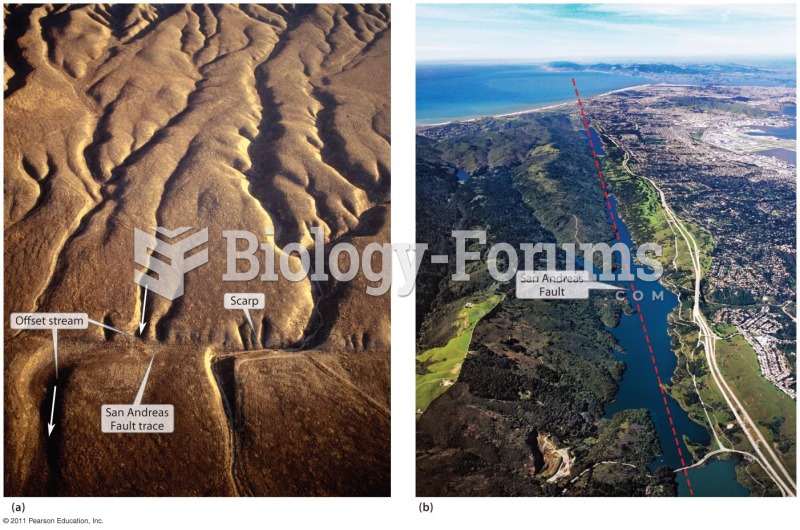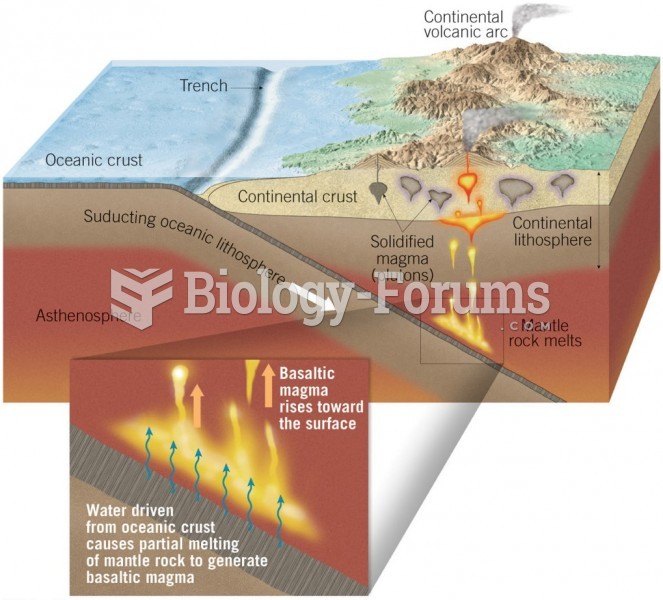Answer to Question 1
Answer: Hot spots are areas of prolific generation of igneous rocks not explained by plate tectonics. Some hot spots are present within plates, whereas others are areas of unusually intense volcanic activity at or near divergent plate boundaries. Extinct volcanoes are progressively older at greater distance from many active hot spot volcanoes. The plume hypothesis suggests that hot spots mark places where hot mantle convectively rises to the base of the lithosphere from the core-mantle boundary. Conclusive evidence has not yet been found to demonstrate narrow plumes of mantle rising through the entire thickness of the mantle. However, most hot spots are located above large upwelling superplumes in the lower mantle.
Answer to Question 2
Answer: Plate tectonics explains the history of continents and ocean basins by linking rocks and structures with plate-boundary processes. Paleozoic mountain ranges, such as the Appalachian Mountains, formed along convergent plate boundaries. Continent-continent collisions along plate boundaries assembled the Pangea supercontinent by the end of the Paleozoic Era. Pangea rifted apart during the Mesozoic, and the modern continents dispersed to their present positions since that time. Rift valleys formed in eastern North America prior to the formation of the oldest Atlantic Ocean crust when the continents separated. A convergent plate boundary along the west coast of North America from the middle Paleozoic until the middle Cenozoic caused faulting and folding, intrusion and crystallization of batholiths, erupting volcanoes, and formation of valuable mineral deposits in the western United States. Relative plate motions changed along the western boundary of the North American plate beginning about 26 million years ago. Subduction continues offshore of southwestern Alaska, Washington, Oregon, and northern California, but transform boundaries formed elsewhere along the western edge of the plate.







